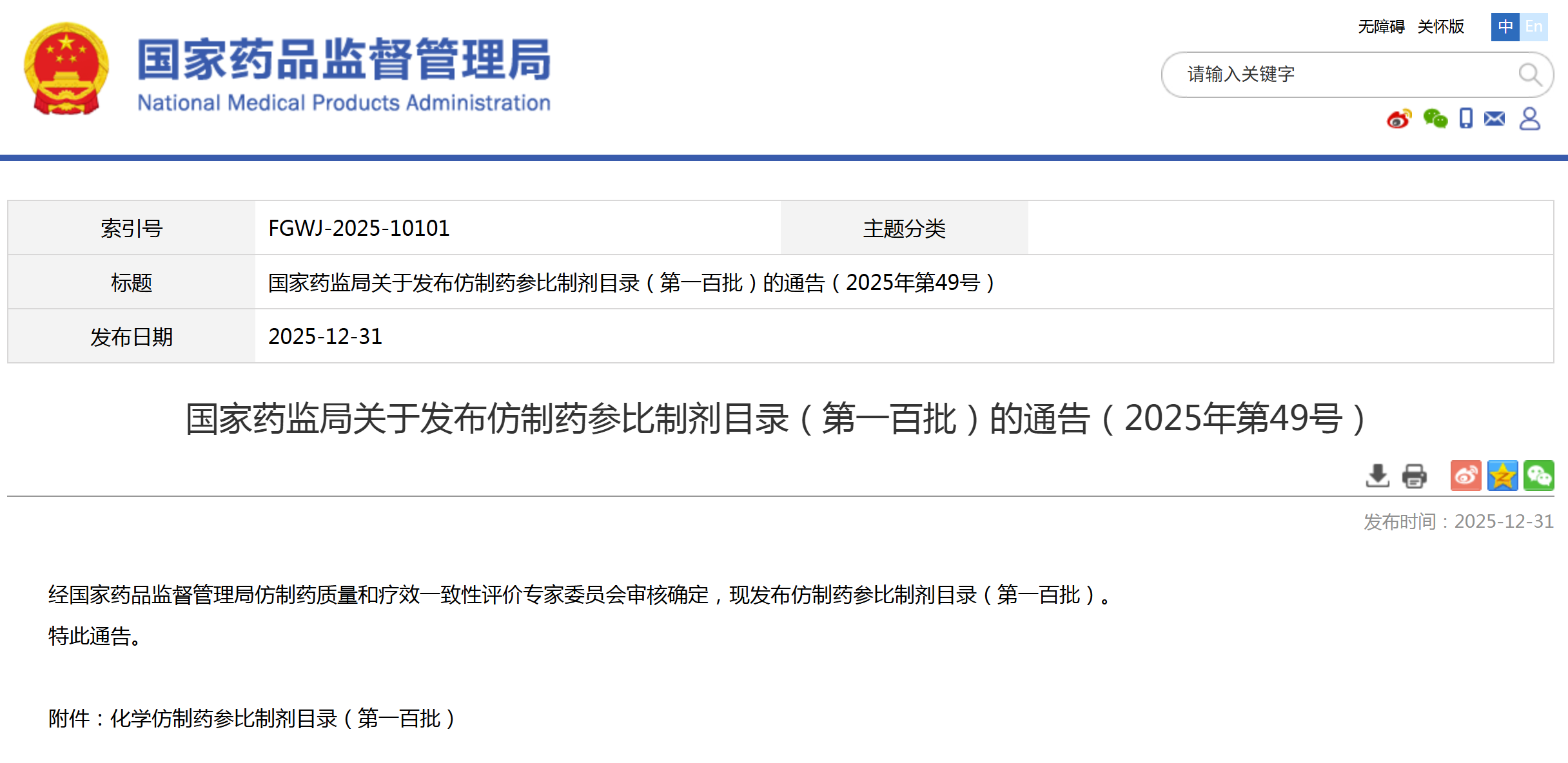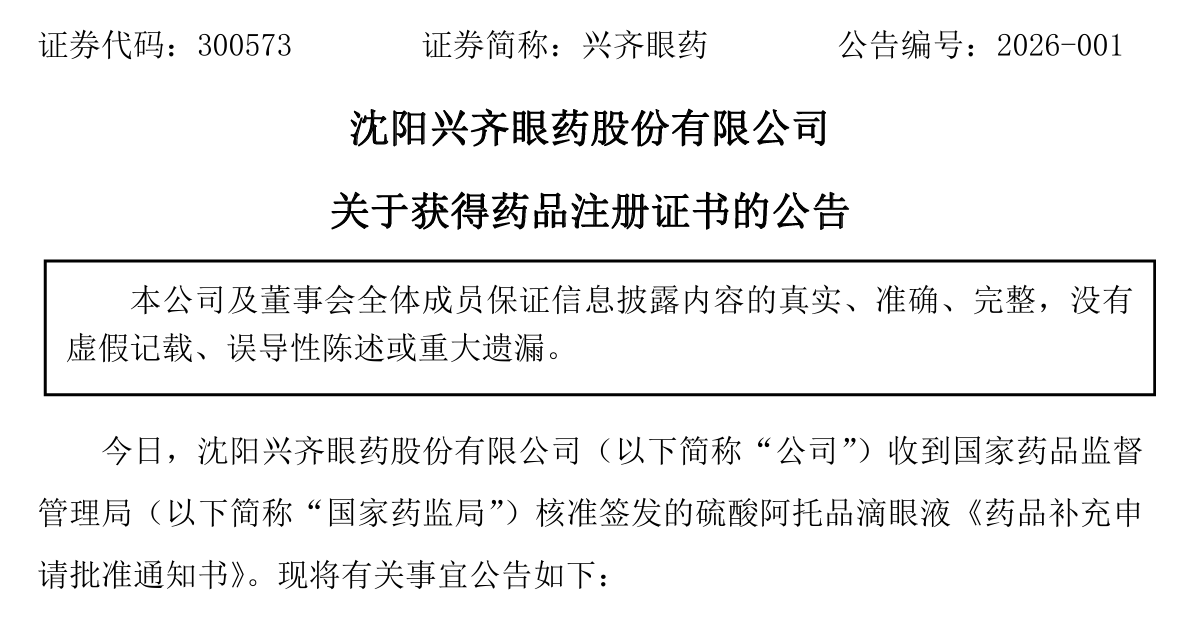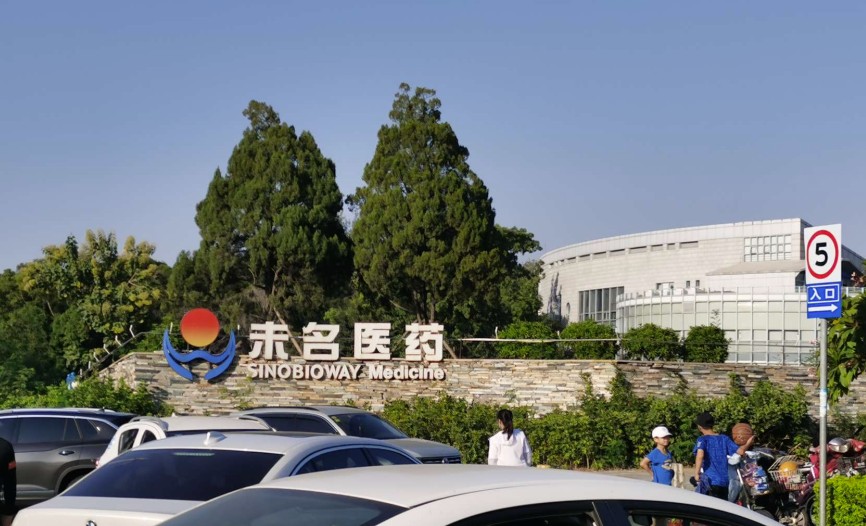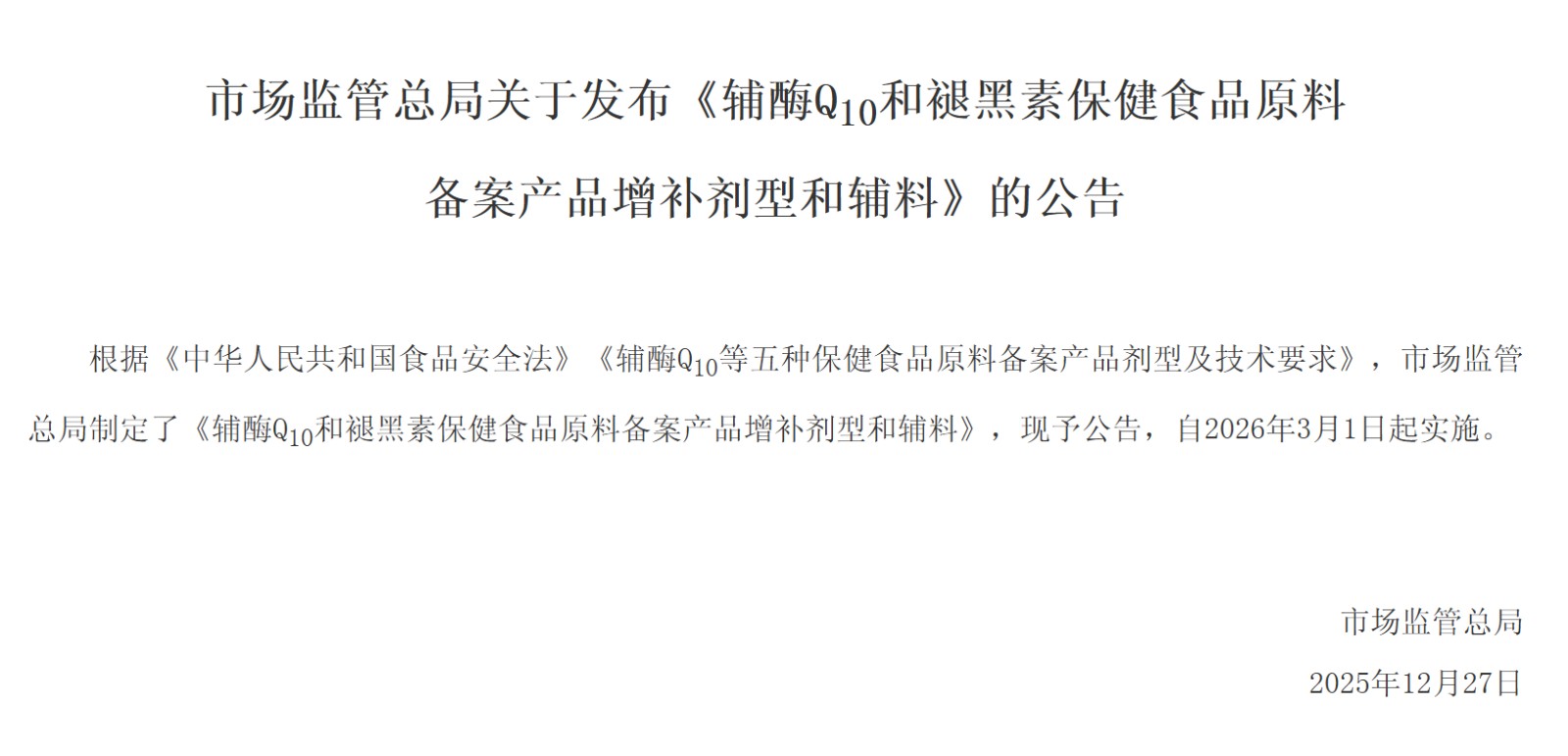昨夜,FDA官网挂出对仿制药巨头梯瓦制药中国萧山工厂的警告信,缺陷包括关键工艺参数未监控、产品质量反复不合格、根本原因分析和CAPA无效、未能建立一个科学合理的取样计划、工艺验证取样不合理、未描述持续工艺确认计划如何确保质量属性持续符合并且批批一致
具体如下:
The U.S. Food and Drug Administration (FDA)inspected your drug manufacturing facility, Teva Pharmaceutical and Chemical(Hangzhou) Co. Ltd., 1889 Jingliu Road, Xiaoshan, Hangzhou, Zhejiang, Chinafrom September 26 to 29, 2016.
FDA于2016年9月26-29日检查了你们位于杭州萧山的梯瓦医药化工有限公司生产基地。
This warning letter summarizes significant deviationsfrom current good manufacturing practice (CGMP) for active pharmaceuticalingredients (API).
本警告信概述了原料药生产严重违反CGMP的行为。
Because your methods, facilities, or controls formanufacturing, processing, packing, or holding do not conform to CGMP, your APIare adulterated within the meaning of section 501(a)(2)(B) of the Federal Food,Drug, and Cosmetic Act (FD&C Act), 21 U.S.C. 351(a)(2)(B).
由于你们原料药的生产、加工、包装或保存的方法、场所或控制不符合CGMP要求,你们的原料药根据FDCA的501(a)(2)(B)以及21 U.S.C.351(a)(2)(B)被认定为掺假。
We reviewed your October 21, 2016 response in detailand acknowledge receipt of your subsequent correspondence.
我们详细审阅了你们公司于2016年10月21日及之后的回复。
During our inspection, our investigator observedspecific deviations including, but not limited to, the following.
我们的检查人员发现的具体问题包括但不仅限于以下:
1. Failure to establishwritten procedures to monitor the progress and control the performance of processing steps that may cause variability in the quality characteristics ofyour API.
未能建立书面程序以监控工艺步骤进程及表现,因此可能会导致你们API的质量特性的波动。
Our inspection found that approximately 10 percent of (b)(4)API batches produced at your facility from December 2014 to September 2016failed to meet the (b)(4) impurity limit. During this period, anadditional 10 percent of batches yielded out-of-trend (OOT) results for (b)(4).You have reprocessed rejected out-of-specification OOS batches but failed toimplement effective corrective and preventive actions (CAPA) to correct processdesign and control flaws that lead to excessive formation of this impurityduring processing.
我们检查发现你工厂自2014年12月至2016年9月生产的约有10%的某API批次不符合某杂质限度要求。在此期间,同一产品另有10%批次质量超趋势(OOT)。你们对OOS批准进行了返工,但未实施有效的CAPA来纠正工艺设计,控制工艺中导致此杂质过量生产的工艺瑕疵。
According to your response, a new root cause analysisfound that impurity failures appear to be related to insufficient control of (b)(4).You committed to monitor (b)(4) specific process parameters in the newprocess performance qualification batches of (b)(4) API and the first (b)(4)commercial batches. However, these proposed parameters differ from the“critical process parameters” monitored by your firm in the last three years.They also do not include all of the parameters that you categorized as“critical and significant” in the most recent process qualification study. Yourresponse does not commit to monitor future batches for all parameters thatimpact quality, and may contribute to the failure of a batch of intermediatesor API to meet specifications.
根据你们的回复,在新的根本原因分析中发现杂质失败貌似与对XX控制不充分有关。你们承诺会在该API新的工艺性能确认批次及首次XX商业批次中监测该特定工艺参数。但是,这些所提出的参数并不是你们公司在过去三年所监测的“关键工艺参数”。他们也不包括所有的你们在最近工艺确认研究中定为“关键和重要”的参数。你们的回复没有承诺在将来监测所有影响质量、可能会与中间体或API不符合质量标准有关的参数。
Your response is also inadequate because it did notinclude the risk assessment and related scientific rationale to ensure thatcontrols implemented for all batches will detect upstream processing variationand ensure final API quality. You also acknowledged in March 2017correspondence that additional lots have failed since you resumed commercialmanufacture of (b)(4) API. Recurrence of product quality failuresfollowing the completion of your investigation and process re-qualificationindicate that your root cause analysis and CAPA were ineffective.
你们的回复不充分还因为其中未包括风险评估以及相关的科学合理性,以确保对所有批次所实施的控制能检出上游工艺波动,确保最终API质量。你们在2017年3月的信函中告知我们自从你们恢复某API的商业生产以来,又有一些批次不合格。在你们完成调查和工艺再确认之后,产品质量又发生不合格表明你们的根本原因分析和CAPA是无效的。
In response to this letter:
在回复此函件时:
Provide an updated investigation into the root cause(s) of (b)(4) OOS results and an improved CAPA plan. Include provisions to ensure CAPA effectiveness.
请提交更新后的某OOS结果根本原因调查,以及改进后的CAPA计划。包括确保CAPA有效性的条款。
Specify if the presumed root causes for failures were actually observed in the failed (b)(4) batches.
说明在不合格的XX批次中是否实际观察到了所假定的根本不合格原因。
Describe why some finished (b)(4) API batches yielded OOS results for the bis-ether impurity, but passed testing for this same impurity at the(b)(4) stage.
说明为什么有些某API批次产生二醚杂质OOS结果,但却能通过在某工艺步骤中该相同杂质的检测。
List the past and current process parameters for (b)(4) API. Explain their role in the process, the potential impact on quality, the limits used, and your justification if you plan to cease monitoring and controlling any parameter during commercial batch manufacture.
列出过去和现在的某API工艺参数。解释在工艺中各参数的作用、对质量的潜在影响、所使用的限度以及如果你们计划停止在商业批次生产中监测和控制任一参数时你们的论证。
Explain your systems for incorporating reprocessing activities into Drug Master Files.
解释你们将返工活动整合入DMF文件的系统。
Provide procedures that ensure that reprocessed lots and process performance qualification lots are included in your stability program.
提供程序确保返工批次和工艺性能确认批准被放入你们的稳定性计划中。
2. Failure to establish a sampling plan based on scientifically-sound sampling practices.
未能建立一个科学合理的取样计划
Our investigator documented deficiencies in your validation sampling plan for (b)(4) API. You did not conduct adequate monitoring and testing during process performance qualification stage to evaluate whether product quality was uniform throughout each batch. You only assessed water content at the drying step for homogeneity.
我们的检查员发现了你们对XX API的验证取样计划的缺陷。你们在工艺性能确认阶段没有进行充分的监测和检验以评价每一批次的产品质量是否一致。你们只在干燥步骤评估了水分含量的均匀性。
In your response, you acknowledged that a higher level of sampling during the revalidation of the manufacturing process revealed some inter-batch variability in residual solvents and particle size distribution of (b)(4).
在你们的回复中,你们确认了在生产工艺再验证期间的一个高水平的取样显示XX的残留溶剂和粒度分布存在一些批内差异。
Your response is inadequate because it did not describe how your continued process verification program assures that quality attributes continue to be met batch-to-batch, as well as uniformly throughout each batch. Regarding uniformity, using only (b)(4) samples for attributes that may significantly vary within a batch is insufficient to ensure that your process remains in an ongoing state of control.
你们的回复是不充分的,因为没有描述你们的持续工艺确认计划如何确保质量属性持续符合并且批批一致。关于一致性,仅仅使用XX样品来确认可能在批内显著变异的属性是不足以确保你们的工艺保持在一个持续受控状态的。
In response to this letter:
回复此函:
· Specify how you will improve batch sampling of (b)(4) API to ensure that you detect intra- and inter-batch variability during commercial manufacturing.
详细说明你们将如何改善XX API的批取样来确保你们可以在商业生产过程中发现批内和批间变异。
· Evaluate other API produced by your firm for adequacy of sampling plans.
· 评价贵司生产的其他API取样计划的充分性。
· Provide overall quality system improvements to ensure all sampling performed by your firm is representative and able to detect non-uniformity of the quality attributes that may vary within a batch.
· 提供质量体系的总体改善以确保贵司执行的所有取样都能具有代表性并能够检测到可能发生变异的质量属性的不一致性。
来源:新浪医药新闻 作者:GMP办公室
为你推荐
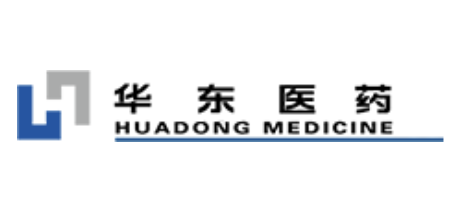 资讯
资讯 华东医药与MC2深化战略合作,引入Biomee®系列布局皮肤外用制剂市场
根据协议,华东医药将获得MC2旗下皮肤学级护肤乳膏Biomee®系列在大中华区(中国大陆、香港、澳门及台湾)的独家商业化权益。这是继成功合作银屑病治疗药物Wynzora®乳膏后,双...
2026-01-06 20:02
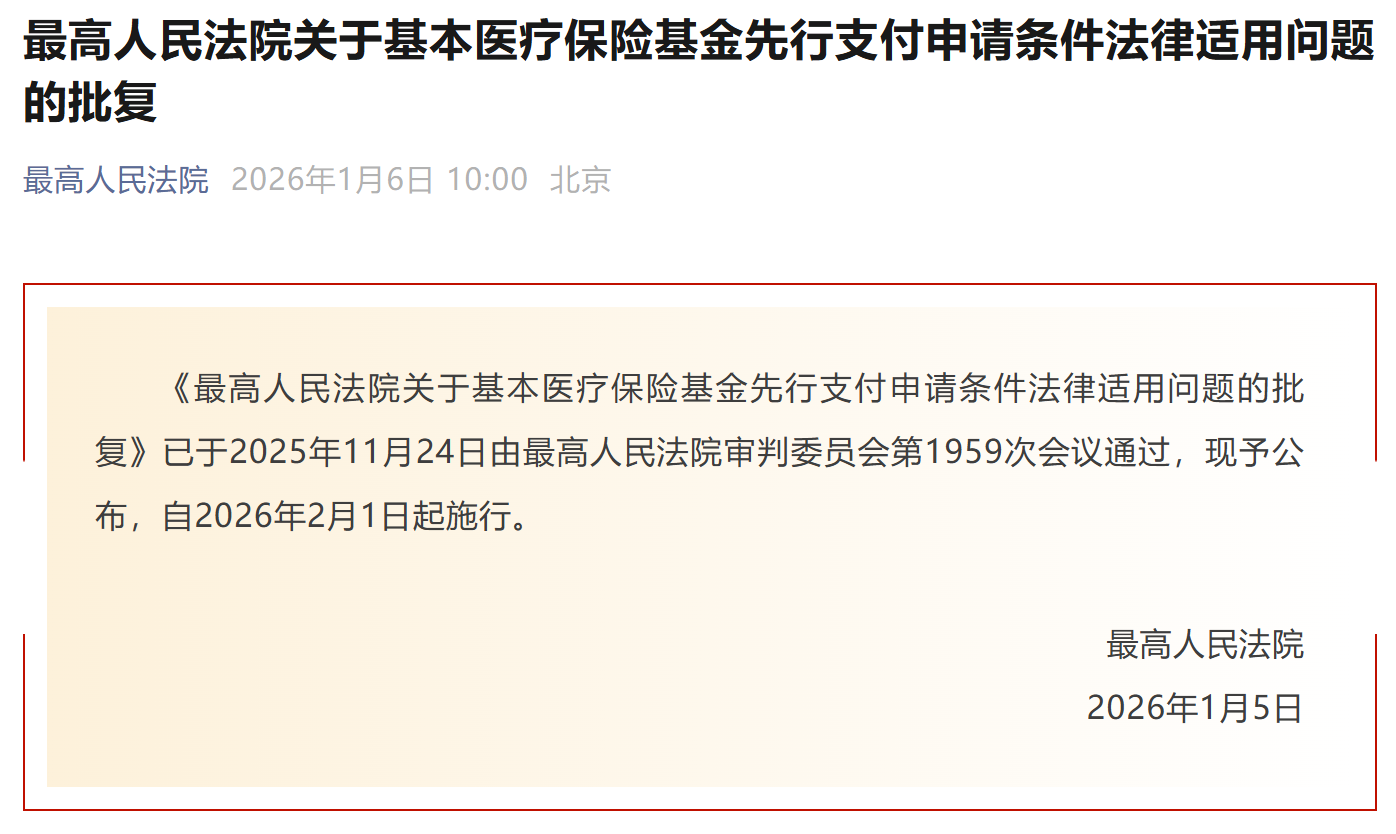 资讯
资讯 由于第三人的侵权行为造成伤病,医疗费用依法应当由第三人负担的部分,医保基金可先行支付
参加基本医疗保险的个人(以下简称参保人)由于第三人的侵权行为造成伤病,医疗费用依法应当由第三人负担的部分,第三人不支付或者无法确定第三人的,由基本医疗保险基金先行支付。
2026-01-06 13:57
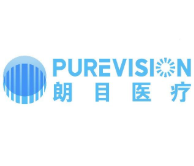 资讯
资讯 朗目医疗完成近亿元A轮融资,助力青光眼微创治疗国产创新突破
本轮融资由广州产投及粤科金融联合领投,弘德投资、开发区基金、万联建智、国聚创投跟投,熙桥资本担任财务顾问。
2026-01-05 17:00
 资讯
资讯 创新药物思福诺纳入医保后首处落地,打通抗感染救治“最后一公里”
随着新版国家医保药品目录于2026年1月1日正式实施,针对多重耐药革兰阴性菌感染的创新抗菌药物思福诺®(注射用氨曲南阿维巴坦钠,以下简称“氨曲南 阿维巴坦”)开始全面执行...
2026-01-05 16:47
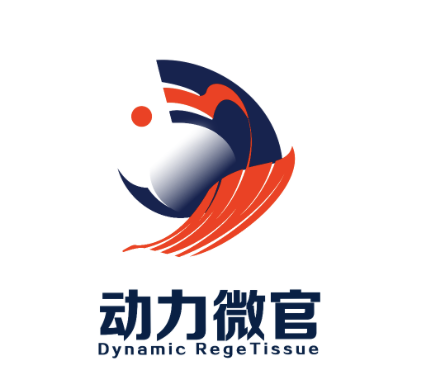 资讯
资讯 动力微官斩获数千万元天使轮融资,专注 iPSC “即用型” 再生组织产业化
融资资金将重点用于两款核心产品 ——iPSC 来源心肌组织片与皮肤组织片的研发推进,加速 “即用型” 再生组织从实验室走向临床应用的进程。
2026-01-04 19:23
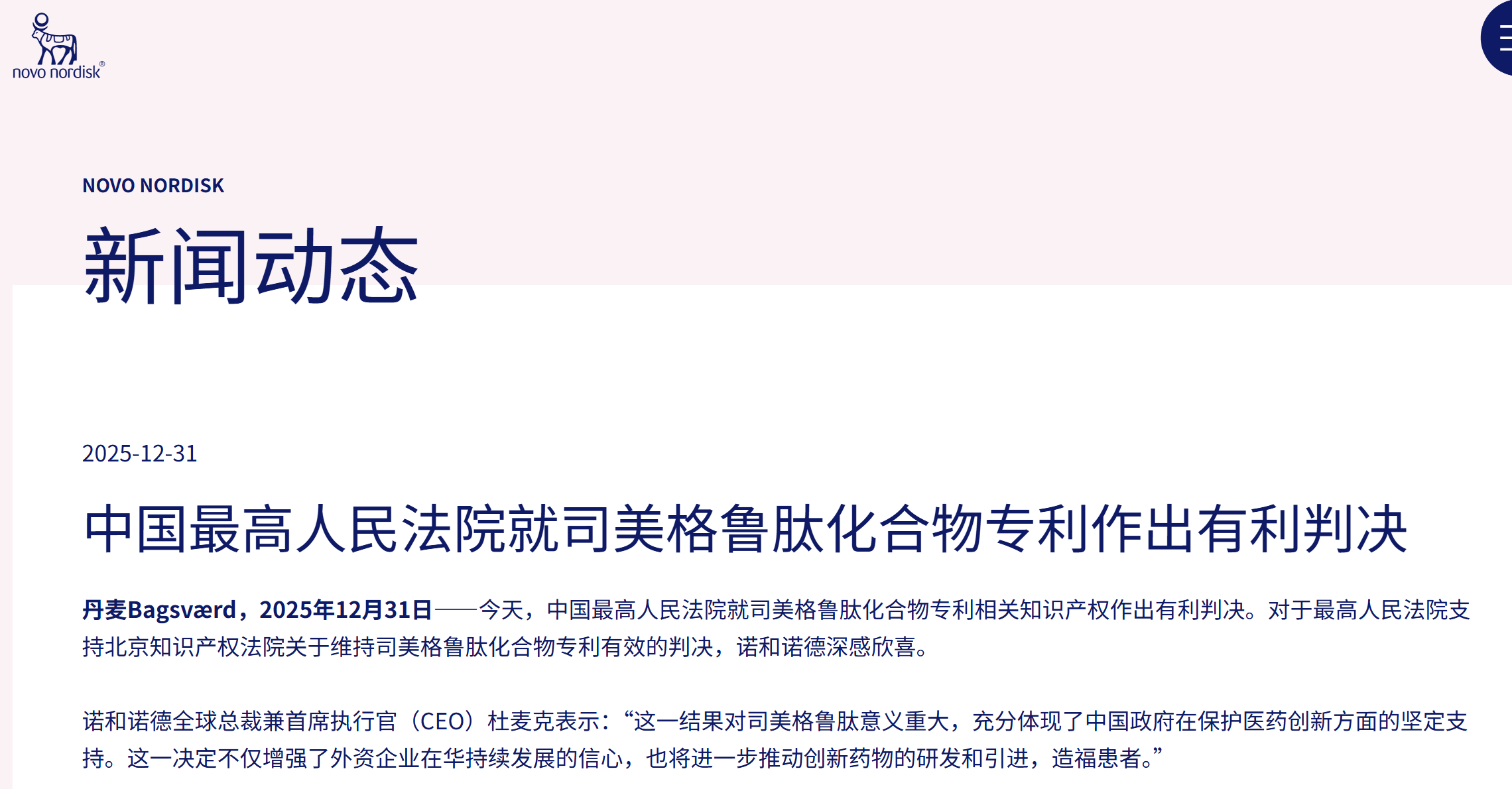 资讯
资讯 中国最高人民法院就司美格鲁肽化合物专利作出有利判决
据诺和诺德官网消息,2025年12月31日,中国最高人民法院就司美格鲁肽化合物专利相关知识产权作出有利判决。对于最高人民法院支持北京知识产权法院关于维持司美格鲁肽化合物专利...
2026-01-04 16:00
 资讯
资讯 奥浦迈14.51亿元收购澎立生物
2026年1月1日,奥浦迈发布公告称,2025 年12 月31日,公司收到中国证券监督管理委员会出具的《关于同意上海奥浦迈生物科技股份有限公司发行股份购买资产并募集配套资金注册的...
2026-01-04 09:50
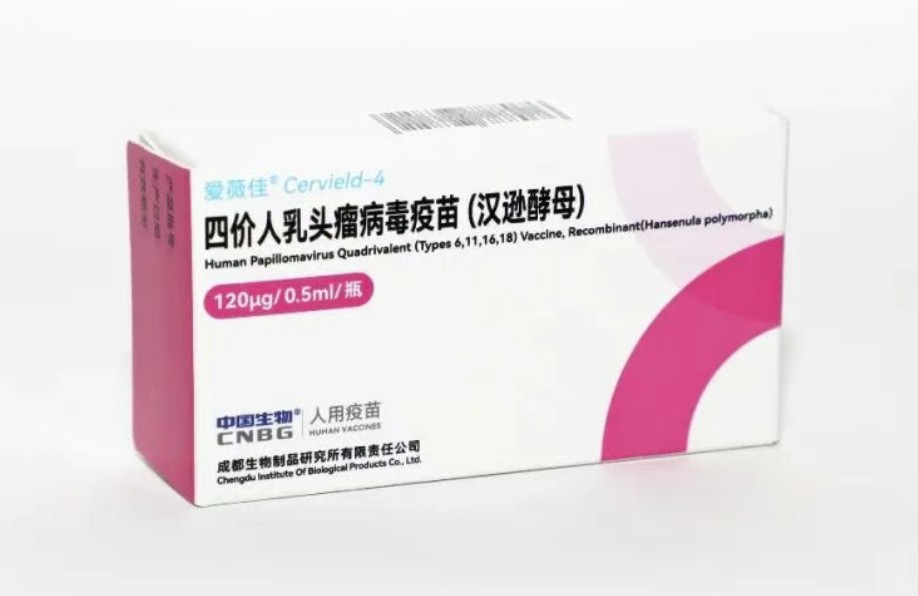 资讯
资讯 首批国产四价HPV疫苗正式上市
12月30日,由国药集团中国生物所属成都生物制品研究所和中国生物研究院(新型疫苗国家工程研究中心)联合自主研发的国内首个四价人乳头瘤病毒疫苗(汉逊酵母)(爱薇佳),成功...
2026-01-03 22:44
 资讯
资讯 长效生长激素大幅降价
12月7日,国家医保局正式发布《国家基本医疗保险、生育保险和工伤保险药品目录(2025年)》,长效生长激素特宝生物的怡培生长激素注射液(益佩生)和金赛药业的金培生长激素注射...
2025-12-31 14:32
 资讯
资讯 罗永浩自曝患ADHD多年
12月31日凌晨,罗永浩发布微博回应科技春晚迟到 40 分钟,称因为 ADHD(注意缺陷与多动障碍)的关系,发布会没有一场是彩排过的,全是没有彩排直接上去硬讲。幻灯片从来没有...
2025-12-31 11:12
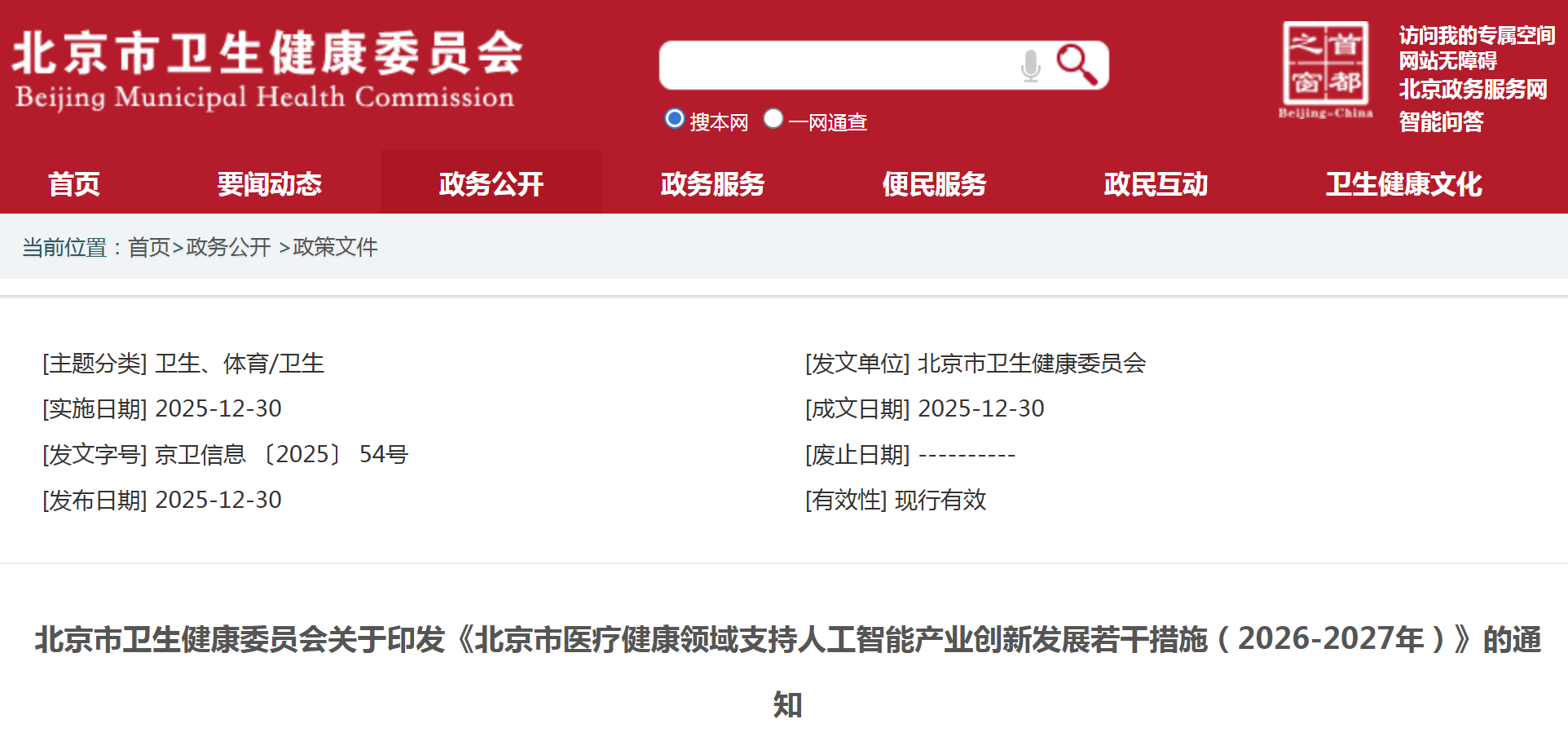 资讯
资讯 北京市医疗健康领域支持人工智能产业创新发展若干措施(2026-2027年)
建立人工智能医疗伦理审查制度,加强算法透明性和患者隐私保护监管;联合药监部门探索“监管沙盒”机制,为创新产品提供容错空间,确保产业安全有序发展。
2025-12-31 10:46






